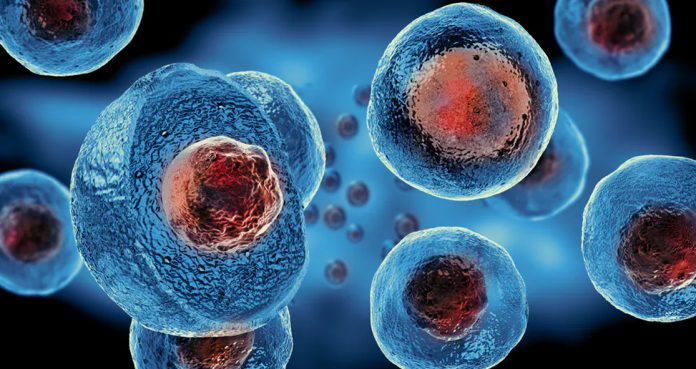A new study, published in the journal Nature Medicine, has found that a new way of delivering a gene therapy could prevent and treat amyotrophic lateral sclerosis (ALS).
The study, conducted on mice, discovered that the therapy led to long-term suppression of ALS if it was given before the condition started.
Researchers from the University of California San Diego School of Medicine published the study describing how a new way of delivering a gene-silencing vector in mice could prevent and treat ALS.
Also called Lou Gehrig’s disease, ALS is a neurodegenerative disease that affects neurons (nerve cells) in the brain and spinal cord.
More than 5,000 Americans are diagnosed with ALS each year, with over 30,000 people living with the condition. Unfortunately, there is no cure for the condition; however, it is treated symptomatically. Most patients with ALS die within two to five years of diagnosis.
Senior study author Prof. Martin Marsala said, “At present, this therapeutic approach provides the most potent therapy ever demonstrated in mouse models of mutated SOD1 gene-linked ALS.”
“In addition, effective spinal cord delivery of AAV9 vector in adult animals suggests that the use of this new delivery method will likely be effective in treatment of other hereditary forms of ALS or other spinal neurodegenerative disorders that require spinal parenchymal delivery of therapeutic gene(s) or mutated-gene silencing machinery, such as in C9orf72 gene mutation-linked ALS or in some forms of lysosomal storage disease,” he added.
Typically, ALS appears in two forms – sporadic and familial. Sporadic ALS is responsible for 90 to 95 percent of all cases, while familial ALS up to 5 to 10 percent of all cases in the United States.
Previous studies have found that nearly 200 mutations of the SOD1 gene are associated with ALS.
The SOD1 gene provides instructions for superoxide dismutase, an enzyme that breaks down toxic oxygen molecules called superoxide radicals, which are a byproduct of cellular processes. Mutations in this gene affect the removal of superoxide radicals, causing toxicity and leading to the death of neurons.
In the new study, researchers injected a harmless adeno-associated virus (AAV) carrying an artificial RNA molecule called shRNA in the spinal cord of mice just before the onset of ALS. They believe that shRNA may stop the mutation of the SOD1 gene. Marsala said, “While no detectable side effects related to treatment were seen in mice more than one year after treatment, the definition of safety in large animal specimens more similar to humans is a critical step in advancing this treatment approach toward clinical testing.”






















